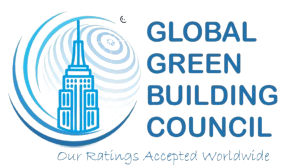Courtesy : Soil.net.com
Water and soil
There is an important link between soils and water, the quality of our water being closely linked to the quality of the soils.
Water in the soil supplies plants and animals, but acts also to transport nutrients and other important substances from the soil to plants, microbes etc.
However, too much water can have damaging consequences. For example excessive rainfall can result in problems like soil erosion, and can waterlog plants and vegetation thus depriving their roots of air. Thankfully, certain properties of soil can reduce the possibility of this happening.
There are several stages in the interaction of water with soil. Firstly, it enters the soil through a process known as infiltration – the higher the rate of infiltration, the more water is soaked up by the soil, and will be available to plants. Also, less water will run off the surface, eroding the soil, and washing away nutrients.
Secondly, water is stored in the soil and released when required by plants. Following this, drainage (percolation) of the water occurs when there is too much for the soil to cope with – the excess water drains freely out of the soil, taking with it dissolved and suspended material in a process, known as leaching. Soils can vary greatly in their ability to perform these functions.


